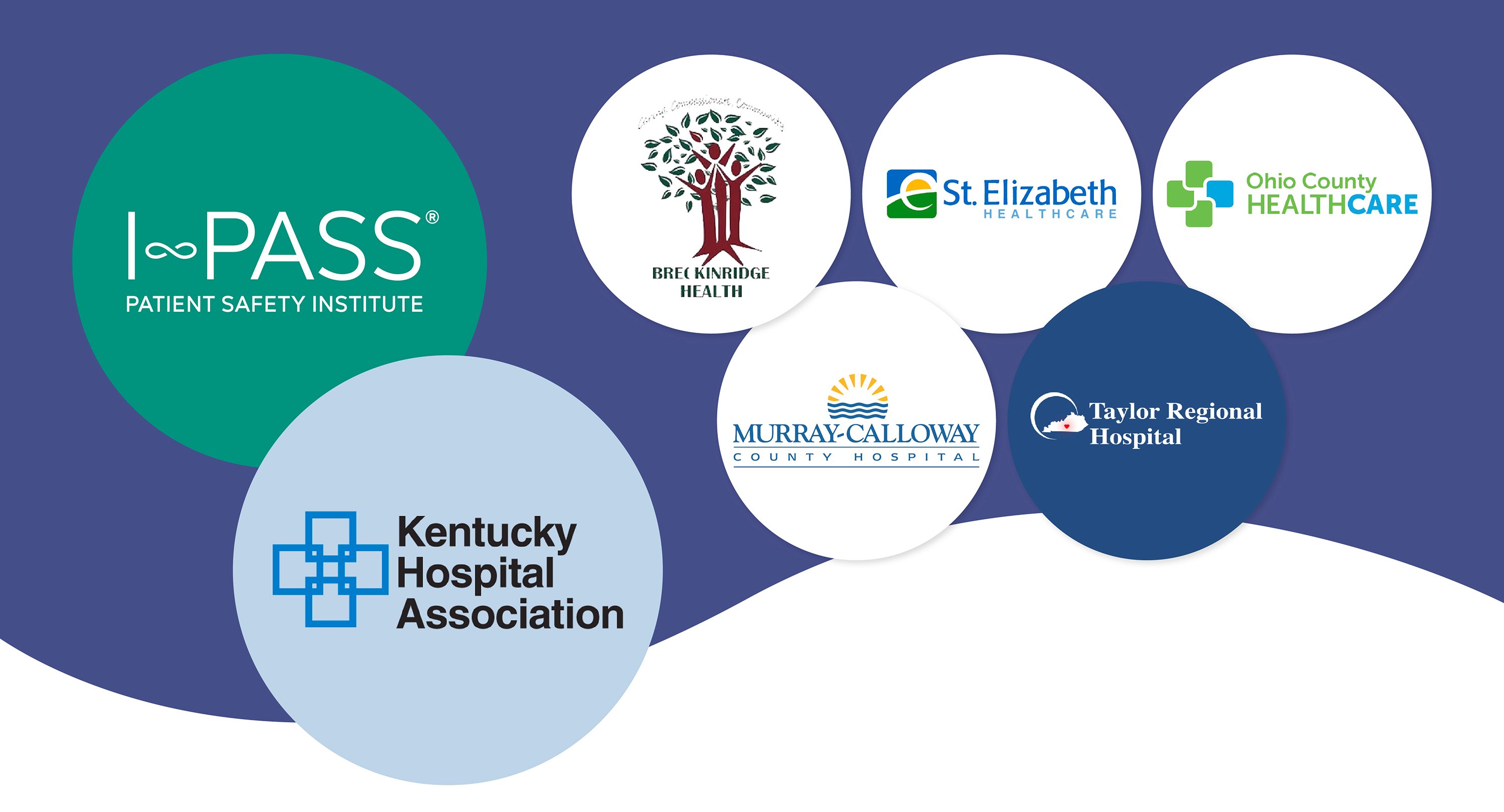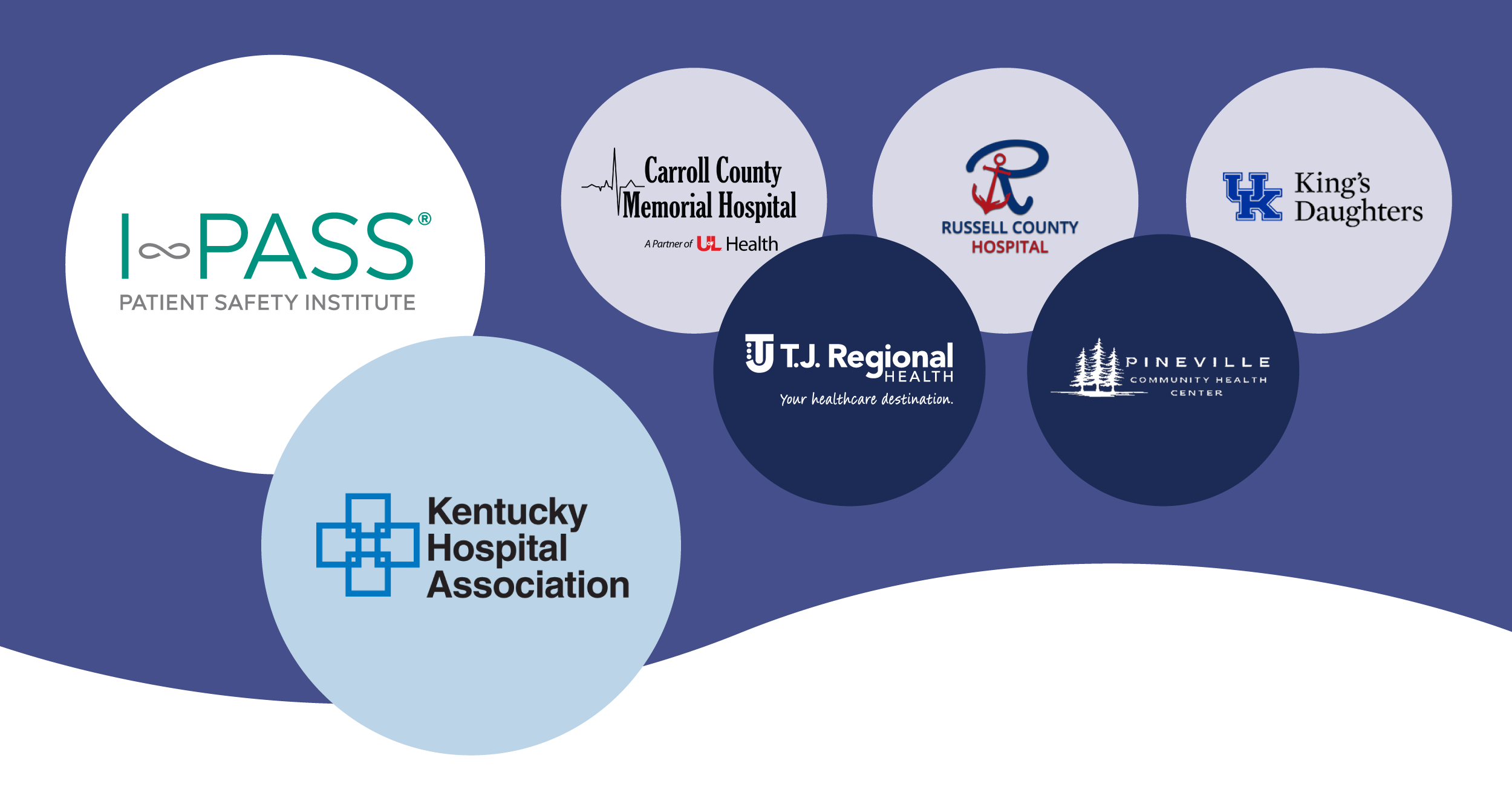As the daily challenges of meeting the demands of COVID continue to ebb and flow, all of us at I-PASS are eternally grateful for the selfless dedication and sacrifices being made on the frontlines day in and day out.
One way to recognize this unparalleled commitment to patient health is to celebrate exemplary cases in patient safety. Hawaii Pacific Health (HPH), a healthcare network comprised of four hospitals, 70 clinic locations statewide, and 7,000 healthcare professionals, is one of these standout examples.
HPH was seeking to improve quality and safety behaviors within its neonatal intensive care units (NICUs). Their communication system was antiquated, disorganized, and disjointed causing suboptimal handoffs and significant overtime among NICU nurses.
With previous experience partnering with I-PASS, HPH leaders sought to implement I-PASS specifically tailored to NICU nurses with the goal of streamlining workflows and enhancing care delivery. So, what were their five steps to success? Let's find out.
- Identify and Understand the Problem Before Solving the Problem: When nurses were surveyed about their handoff process, less than 10% responded that they were “always” prepared to care for patients with the information they received during handoffs.
- Build a Team of I-PASS Champions: They set out to build a team that would commit to learning, testing, and modifying, essential for creating a dynamic workflow that would meet the needs of the NICU nurses–with support from leadership and key stakeholders.
- Create an Implementation Plan: With I-PASS champions in place, HPH developed an implementation plan they knew could sustain meaningful behavior and cultural changes, and a new, more reliable handoff system.
- Understand the I-PASS Bundle content and functionality
- Develop a baseline process and workflow, and test the structure of the tool
- Train I-PASS observers
- Train NICU nurses across the unit
- Gather post-implementation observations and feedback
- Test, Iterate, and Repeat: NICU nurses tested the I-PASS methodology and reporting structure and provided feedback to IT. IT was then able to alter the reporting structure to best support nurse by joining nurses in real handoff situations with patients to observe the tool in action and gather comments or feedback in real time.
- Analyze the Results and Adapt: Across the board, HPH saw dramatic improvements in meaningful patient safety and quality metrics. Minor harm numbers decreased by 93.5%, major harm numbers decreased by 86.1%, medication errors related to communication reduced by 20.4% and after 19 months overtime decreased by 70% saving HPH over $200,000. As a result, HPH trained all 1,800 nurses across their system in the I-PASS method, and plans to expand the offering to physicians and respiratory therapists.
Currently and post-pandemic, handoffs and transitions in care are foundational to patient safety. Read the full case study here If you’re interested in learning more about the specific steps and plan for HPH’s successful I-PASS implementation, and how it led them to win the HIMSS Davies Enterprise Award.

.png)



